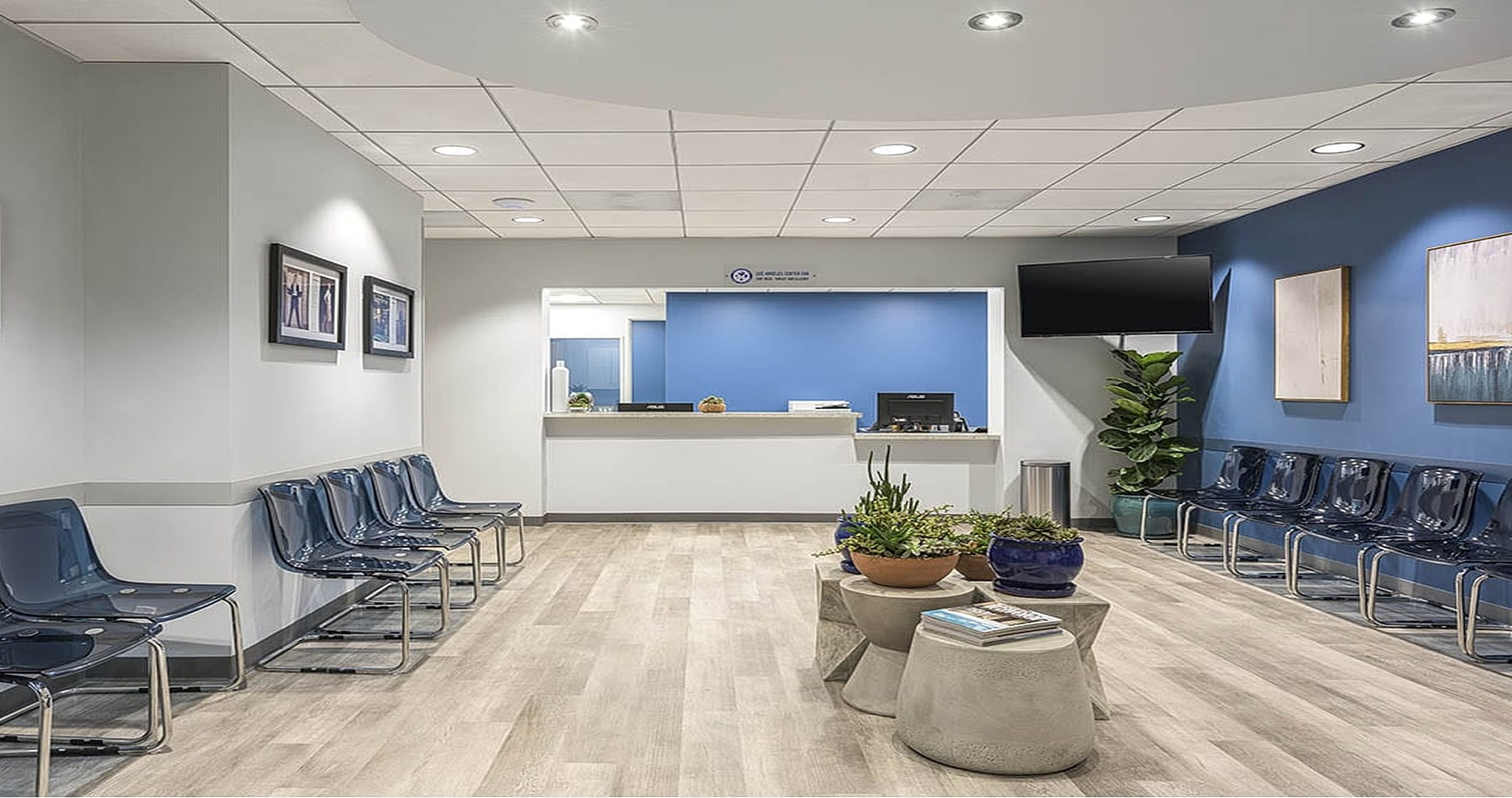Our board-certified surgeons excel in safe, precise lymph node removal using minimally invasive techniques. We offer tailored, compassionate care for biopsies, suspicious lymph node removal, and recurrent infection treatment.

















At SoCal ENT Palm Springs, we offer expert surgical treatment for patients requiring lymph node removal due to infection, inflammation, or concern for cancer. Whether you’ve been referred for evaluation or need a second opinion, our experienced ENT surgeons provide compassionate, precise care tailored to your needs.
Lymph nodes are a vital part of your immune system, but when they become enlarged or suspicious, surgical removal (lymphadenectomy) may be necessary to rule out serious conditions and guide appropriate treatment.





Lymph node removal, also known as lymphadenectomy or lymph node excision, is a surgical procedure that involves the removal of one or more lymph nodes for biopsy, diagnosis, or treatment. It is often performed when a lymph node is persistently enlarged, painful, or shows abnormal imaging findings that may suggest malignancy or infection.
The procedure can involve a single node or a group of nodes, depending on the reason for removal. This tissue is sent to a pathology lab for analysis to determine if cancer cells, infection, or another disease process is present.
Some common reasons for surgery include:
If a lymph node stays swollen for weeks without infection, it might need evaluation or removal.
Cancer may start in the lymph nodes, known as lymphoma, or spread there from other body parts. Removing affected nodes aids in diagnosis and halts further progression.
Infections that are recurrent can lead to lymph nodes becoming swollen, painful, or forming abscesses. These conditions might need surgical drainage or removal.
A suspicious lymph node might need a biopsy to check for infection, abnormal cells, or cancer.

Lymph node removal provides both clarity and relief. Removing and testing a suspicious lymph node can help determine whether a patient has cancer or another underlying illness, allowing treatment to begin promptly.
In some cases, lymph node removal can relieve pressure, discomfort, or swelling caused by an enlarged node. When performed by a skilled ENT surgeon, the procedure can prevent further spread of disease and lead to better long-term outcomes.
You may be a candidate for lymph node removal if:
At SoCal ENT, your journey begins with a thorough evaluation. Our specialist will carefully review your symptoms, examine your medical history, and analyze imaging results to provide a personalized recommendation. This comprehensive approach ensures you receive the most suitable treatment tailored to your needs. Our team is committed to providing clear information and support throughout the process, so you feel informed and confident in your healthcare choices. Your well-being is our top priority, and we strive to make every step of the way as comfortable and transparent as possible.

Recovery is typically quick. You may experience mild soreness or swelling near the incision site for a few days. Most patients resume light activities within a few days and return to work within 7–10 days.
You'll be given post-operative care instructions, including how to care for the incision, pain management, and signs to monitor. Follow-up appointments will ensure proper healing and review your pathology results as they become available.


Most patients feel improvement in swelling or discomfort soon after surgery. If the procedure was performed for diagnostic purposes, pathology results are usually available within 5–10 days.
If the node was removed due to infection or inflammation, further treatment may not be needed. If cancer is detected, results will guide your next steps, including potential further surgery, medication, or oncologic care.
If your lymph nodes stay swollen, painful, or seem unusual for a long time, it's wise to see a specialist.
The incision is usually small and placed discreetly in a natural skin crease. Over time, it typically fades significantly.
Most insurance plans cover this procedure when deemed medically necessary. Our team can assist with verification and options.
Most procedures last under an hour, though more complex surgeries might take additional time.
If cancer cells are detected, we’ll coordinate with your oncology team to begin treatment immediately. Early detection is key to better outcomes.